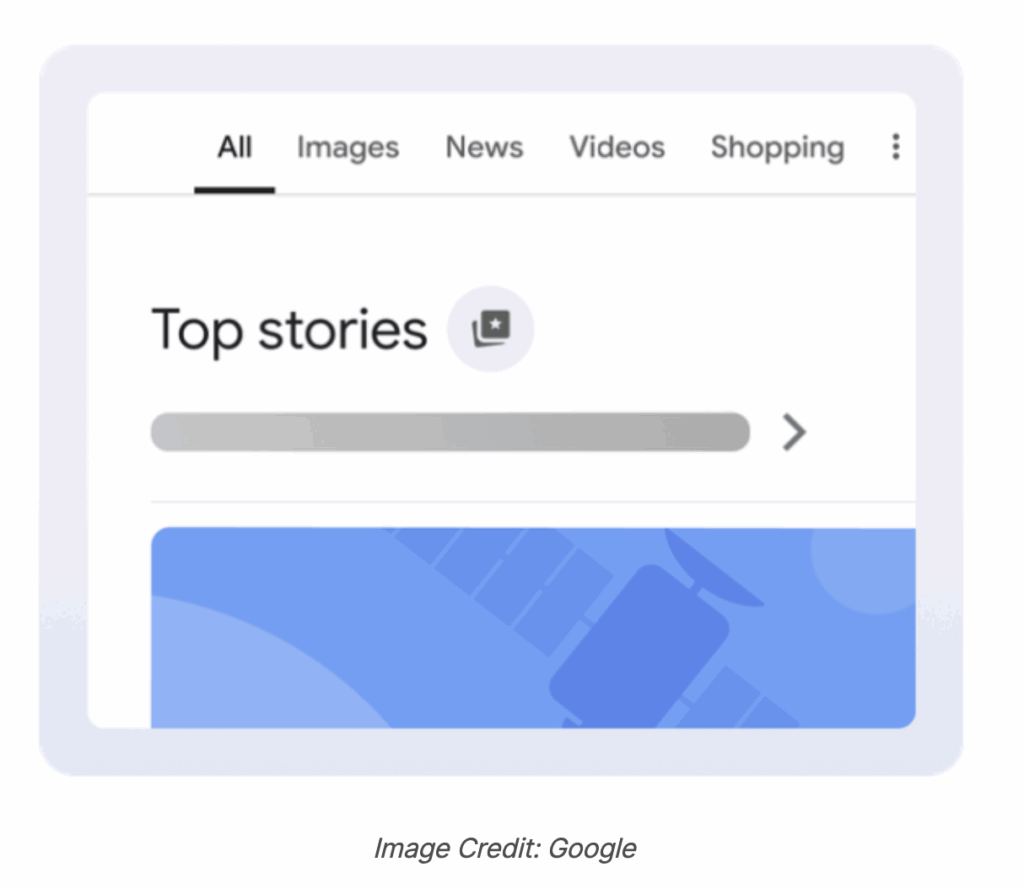Local Memo: OpenAI Reinstates GPT-4o, Google Adds “Preferred Sources,” Why Semantic HTML Is Key for SEO & AI
OpenAI Restores Popular GPT-4o After Swift GPT-5 Backlash
The News: OpenAI’s launch of GPT-5, marketed as a “PhD-level expert,” sparked swift and intense pushback. Users said the new model was less accurate, emotionally flat, and disruptive to established workflows. Within 24 hours, CEO Sam Altman reinstated the previous GPT-4o model for ChatGPT Plus subscribers, promised easier model switching, and doubled rate limits to ease frustrations.
What This Means: OpenAI’s rapid course correction underscores how vital emotional tone and user control are in AI tools. For local marketing, it’s a reminder that content should feel authentic and relatable—not robotic. Being flexible in tone, responding quickly to audience feedback, and staying transparent about AI usage can build trust and engagement—critical drivers of success in local SEO.
Why Semantic HTML Matters for SEO and AI
The News: At Search Engine Journal, Barry Adams highlights the importance of semantic HTML—using meaningful tags like <h1>, <main>, <nav>, <article>, and others to structure web content for both SEO and AI applications. Semantic HTML helps search engines and large language models (LLMs) like ChatGPT better understand and extract content from webpages. It also improves accessibility and performance. Adams notes that clear, purposeful markup enables these systems to locate and interpret core content more efficiently, while heavy reliance on generic <div> and <span> elements can obscure a page’s structure.
What This Means: For local marketers, semantic HTML is more than a developer best practice—it’s a competitive edge. Properly structured content boosts discoverability in search, improves AI-generated summaries, and ensures accessibility for all users. As AI increasingly shapes how people find and consume information, meaningful markup can help your content surface in richer, more accurate ways.
Users Get to Choose Their News: Google Launches “Preferred Sources” for Top Stories
The News: Google has officially launched its “Preferred Sources” feature in the U.S. and India, allowing users to prioritize specific publishers in the Top Stories section of Search. By clicking the star icon next to the Top Stories header, users can select one or more preferred sources. Stories from these favorites are more likely to appear—often marked with a star and featured in a new “From your sources” carousel. Preferences carry over for users who previously opted in during testing via Search Labs.

What This Means: Google’s “Preferred Sources” feature marks a shift toward more personalized search experiences, where brand trust and familiarity can influence visibility alongside traditional rankings. For local businesses and multi-location brands, building loyalty at the local level is becoming a core SEO strategy.
To stay competitive, marketers should focus on creating locally relevant, timely content and strengthening their presence across Google’s ecosystem. Encouraging customers to follow your business or interact with your content can increase the likelihood your locations appear in personalized results.
In this evolving search environment, success means going beyond visibility. The goal is not just to be found—but to be the brand users choose as their preferred source.







